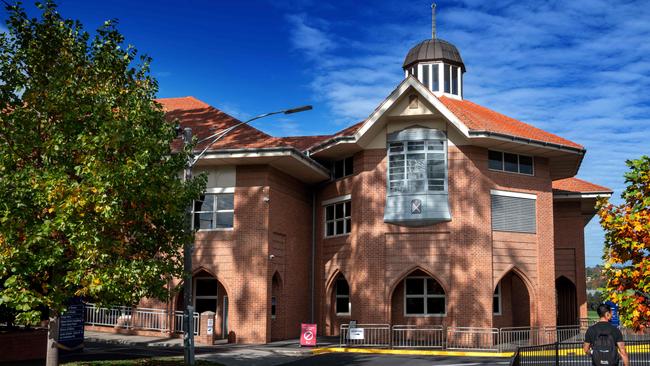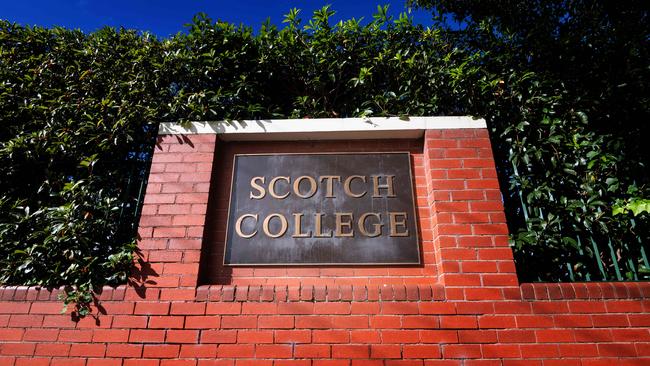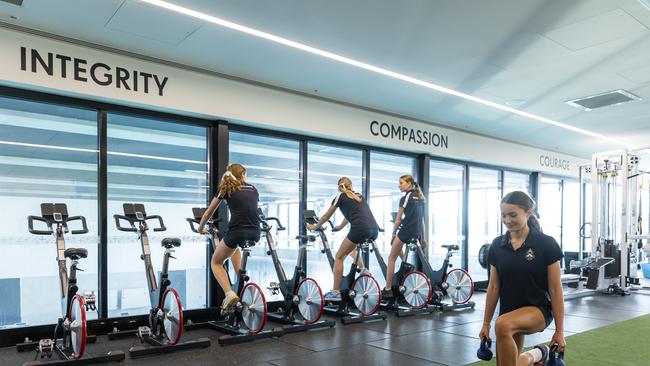How much Australia’s top school will cost you
These Melbourne suburbs have the highest private school fees in Australia, while Victoria is home to the country’s most expensive school.

Schools Hub
Don't miss out on the headlines from Schools Hub. Followed categories will be added to My News.
Private schools in Melbourne’s affluent southeastern suburbs are the most expensive in Australia with parents shelling out more than $34,000 a year for an elite education.
Victorian parents also face the highest median private school fees in Australia while the state also boasts the most expensive school in the nation, Geelong Grammar, where annual fees top out at $43,660, a new analysis shows.
Private schools in Melbourne’s inner southeastern suburbs, an area which takes in Melbourne Grammar, Melbourne Girls Grammar, Scotch College, St Catherine’s School, Wesley College and Caulfield Grammar, will charge a median annual fee of $34,246 this year.

This is the highest in the nation, eclipsing a median fee of $34,183 charged by schools in Sydney’s affluent eastern suburbs.
Schools in that area include Cranbrook School and Sydney Grammar.
The findings flow from a report by education payments business Edstart which looked at fees charged by 538 non-government schools across the nation.
The median fee for private schools in Victoria weighs in at $14,140, up $525 from 2021.
That again is the highest in the nation and compares to a median of $12,950 charged in NSW.
Private school fees in Victoria for 2022 are 2.9 per cent higher than last year.
The rise is in line with the national average and less than a 3.04 per cent lift in NSW and 3.56 per cent hike in Queensland.
Many non-government schools froze fees last year amid lockdowns with fees in Victoria rising by 0.4 per cent.

That freeze is now at an end with 94 per cent of Victorian private schools moving to increase fees this year, although the rises remain below those passed on in 2019 and 2020.
Edstart chief executive Jack Stevens said ongoing Covid expenses was putting pressure on school budgets.
“The transition to the new normal of living with the virus means schools are incurring extra costs like additional teaching and support staff, increased cleaning requirements, procurement of rapid antigen tests, and alterations to classrooms to improve air quality,” he said.
“In addition, changes to the federal government funding model for non-government schools will also continue to impact school budgets this year.”
john.dagge@news.com.au



